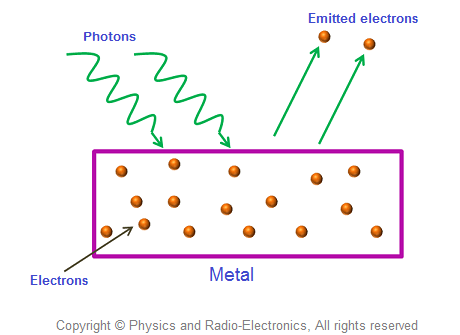Question #44d73
1 Answer
Here's what I got.
Explanation:
Start by calculating the energy of a photon of wavelength
#color(blue)(ul(color(black)(E = h * c/(lamda))))#
Here
#E# is the energy of the photon#h# is Planck's constant, equal to#6.626 * 10^(-34)"J s"# #c# is the speed of light in a vacuum, usually given as#3 * 10^8# #"m s"^(-1)# #lamda# is the wavelength of the photon
Plug in your values to find--do not forget to convert the wavelength to meters
#E = 6.626 * 10^(-34)"J" color(red)(cancel(color(black)("s"))) * (3 * 10^8color(red)(cancel(color(black)("m"))) color(red)(cancel(color(black)("s"^(-1)))))/(300 * 10^(-9)color(red)(cancel(color(black)("m"))))#
#E = 6.63 * 10^(-19)# #"J"#
At this point, you can convert the work function of the metal from electronvolts to joules or the energy of the incoming photon from joules to electronvolts by using the fact that
#"1 eV" = 1.9 * 10^(-19)# #"J"#
To make the subsequent calculations easier, I'll go with the latter.
#6.63 * color(blue)(cancel(color(black)(10^(-19)))) color(red)(cancel(color(black)("J"))) * "1 eV"/(1.6 * color(blue)(cancel(color(black)(10^(-19))))color(red)(cancel(color(black)("J")))) = "4.14 eV"#
Now, the idea here is that the work function of the metal,

In this case, you know that you need
The difference between the energy of the incoming photon and the work function of the metal will give you the kinetic energy of the electron
#K_"E" = E - phi#
In your case, you have
#K_"E" = "4.14 eV" - "2.46 eV" = color(darkgreen)(ul(color(black)("1.7 eV")))#
I'll leave the answer rounded to two sig figs, but keep in mind that you only have one significant figure for the wavelength of the incoming photon.

